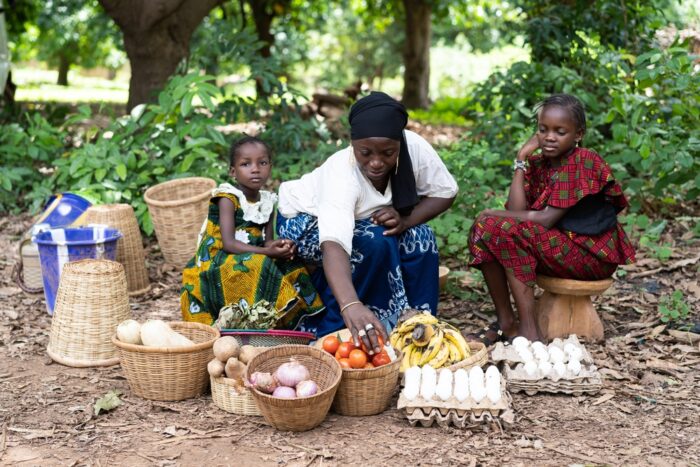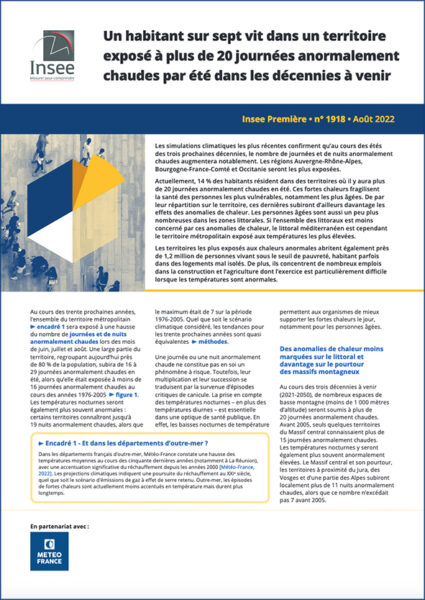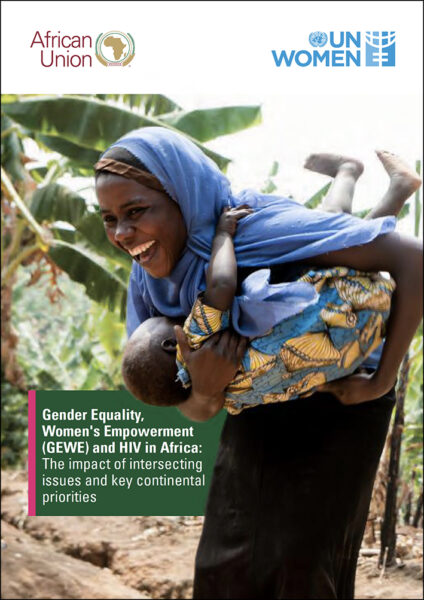Futuribles regularly draws the attention of its readers to the dangers inherent in the dominant model of development on our planet. By drawing on its natural resources and generating pollution, that model means we are probably close to reaching the limits of our ecosystem. It has thus become urgent to enter upon a truly sustainable phase of development, which admittedly entails different forms of life, production and consumption, but also depends greatly on the number of inhabitants there are –and will be– on our planet.
In this connection, there are many who, basing themselves on the general movement of demographic transition that societies undergo in the course of their development, take the view that the demographic growth of the centuries to come should not pose any major problem. Yet, to read Henri Leridon’s analysis here on the demographic prospects of the African continent up to the end of the century –and not up to 2050, which was the usual time-horizon in earlier analyses– there are considerable grounds for disquiet. Africa could see its population increase by more than two billion inhabitants by 2050 and double that (more than four billion) by the end of the century. With these figures, we are a long way from the kind of demographic transition seen thus far in the rest of the world: and it is unlikely that the African continent (or even our planet) can meet the needs of a population growing at such a rate. Now, as Henri Leridon also shows, these demographic prospects (which are particularly worrying in the sub-Saharan part of Africa) barely seem to be giving the political authorities cause for concern, whereas they ought in fact to be taking significant measures in terms of education, birth control, family planning etc. –and doing so urgently.



